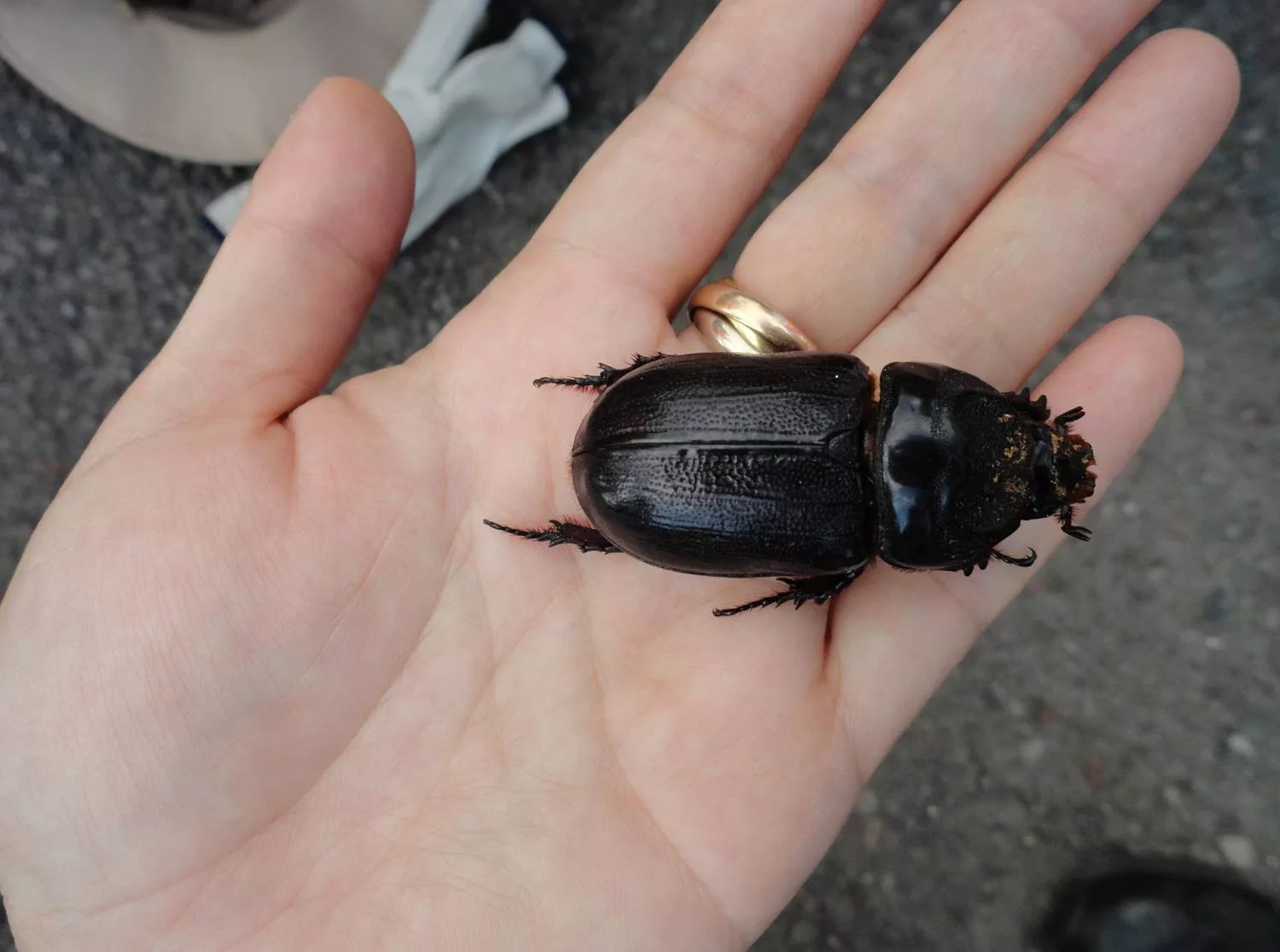About 4% of the water samples collected from faucets and drinking fountains at selected Hawai‘i public schools and child care facilities show elevated concentrations of lead. Water from those sources are no longer being used while ongoing monitoring and testing is conducted.
The Hawai‘i State Department of Education (DOE), Department of Health (DOH), and Department of Human Services (DHS) launched the first phase of a joint project in February 2021 to test drinking water sources at selected schools and child care facilities for the presence of lead. The project is part of a nationwide program established under the Water Infrastructure Improvements for the Nation (WIIN) Act of 2016 to test drinking water sources for lead from the faucets of classroom sinks and kitchen sinks as well as drinking fountains in schools and child care centers.
Testing of 58 schools and 70 child care facilities in Hawaiʻi, Maui and Kauaʻi counties has been completed to date. To date, 93 of the 2,232 sampled taps at schools show elevated concentrations of lead above the project action level of 15 parts per billion (ppb). Four of the 100 sampled taps at child care facilities had results above the action level. Altogether, about 4% of sampled taps have had results above the action level. Comparable projects on the mainland have had rates of about 5% to 6%. The results are available on the WIIN project website at http://health.hawaii.gov/wiin/.
Testing on Oʻahu began in mid-July and results will be available on a rolling basis.
Facilities with lead concentrations that are below the project action level of 15 ppb have also been notified and have been provided strategies to minimize exposure such as daily flushing of the water, using certified lead-free filters, or turning the tap into a hand-wash only station.
Initial results indicate that the fixtures (faucets) are the problem in most cases, but follow-up testing is occurring to define if the problem is the individual fixture or the premise plumbing behind the wall.
The DOE is creating a plan for replacement of affected fixtures or evaluation of the plumbing of schools where results showed elevated levels of lead.
This current project will test 106 DOE elementary schools and 123 DHS licensed child care facilities, which were selected based on criteria established by the Environmental Protection Agency. An application was submitted to the Environmental Protection Agency for additional funding to test the remaining 73 DOE elementary schools and 30 public charter schools in phase 2 of the project which is expected to begin in Summer 2022.
The majority of childhood lead exposures in Hawaiʻi happen in the home, usually from deteriorated lead-based paint, the smelting of lead fishing sinkers, or lead contaminated soil. However, it is possible that repeated drinking of water containing lead can contribute to a child’s lead exposure. More information on childhood lead exposure can be found on the website of the Hawaiʻi Childhood Lead Poisoning Prevention Program (HI-CLPPP) https://lead.hawaii.gov. Parents who are concerned about lead exposure in their child from any source should talk to their child’s doctor about lead testing.
More information about the WIIN project to test drinking water for lead at schools and child care facilities can be found at https://health.hawaii.gov/WIIN.





